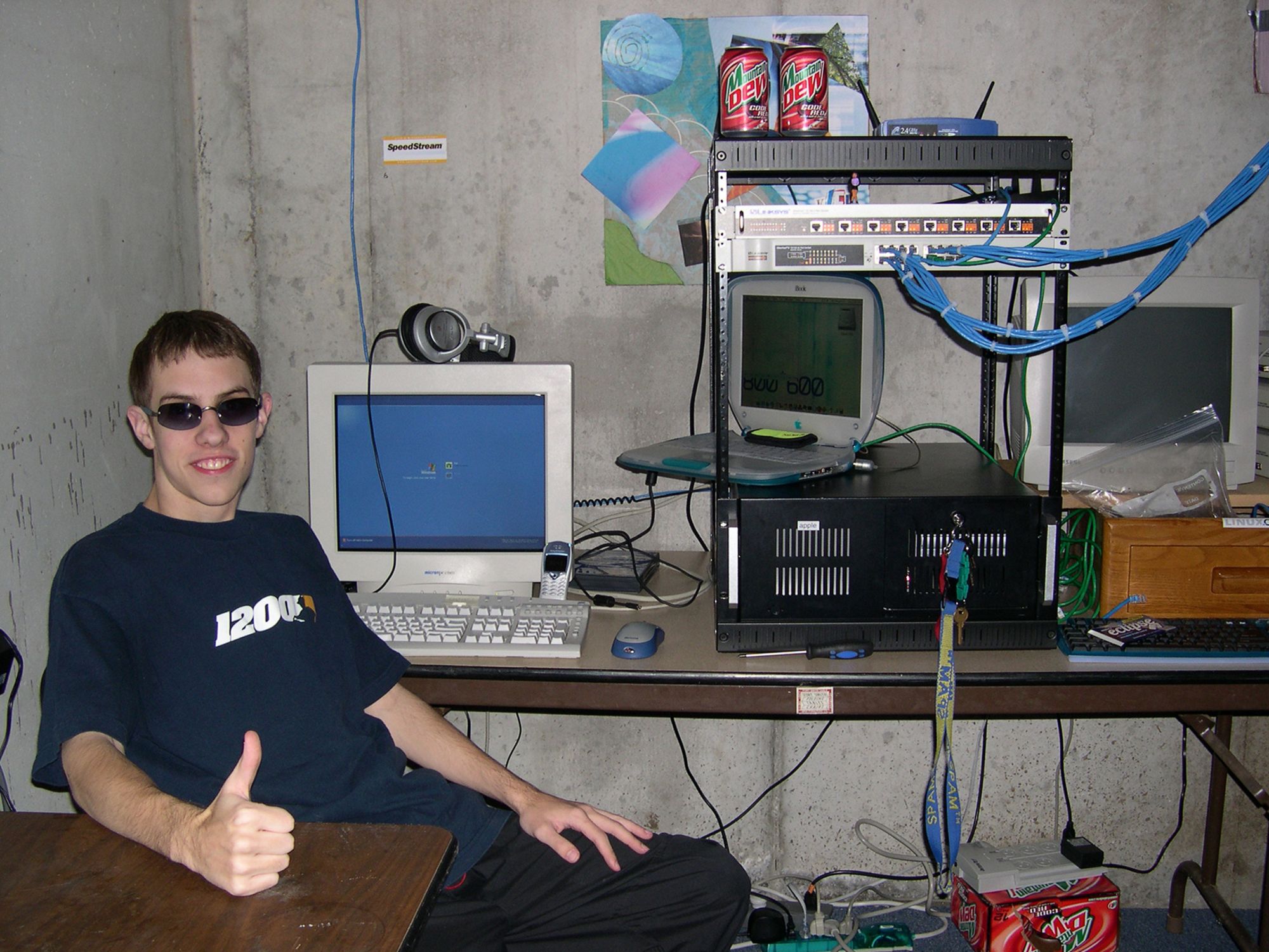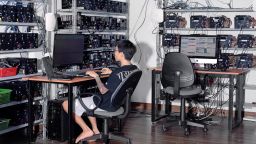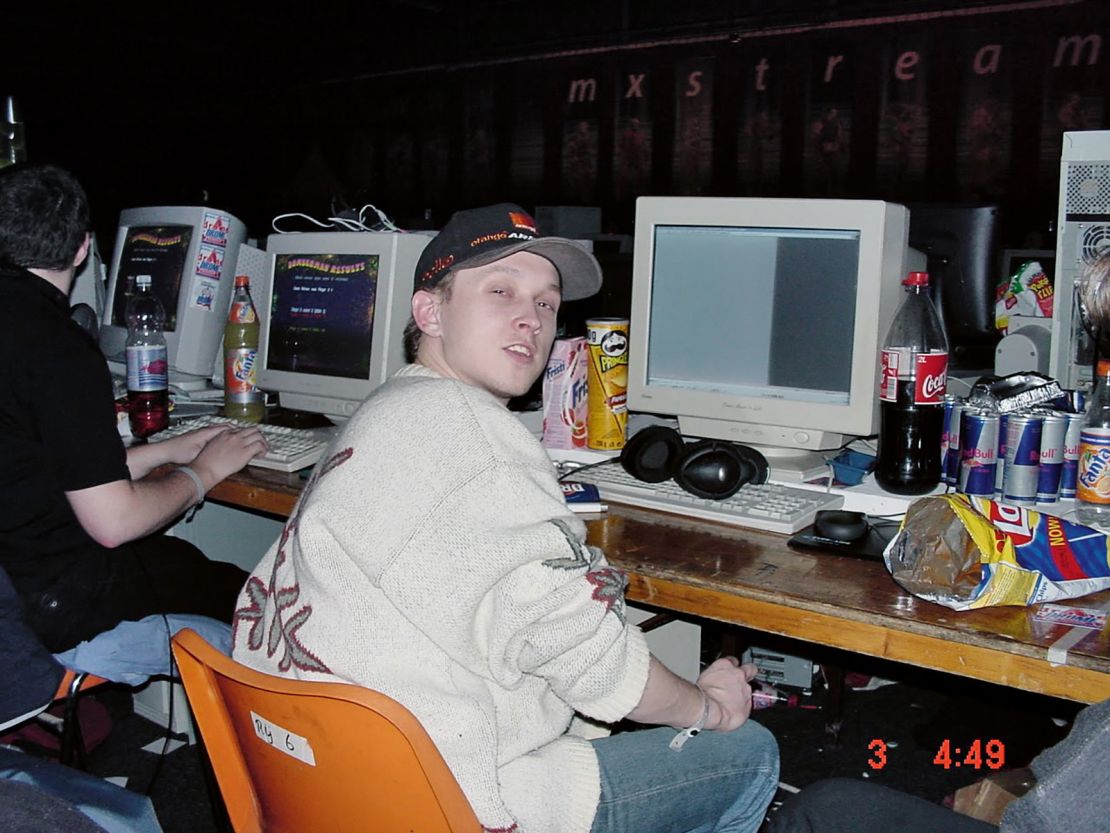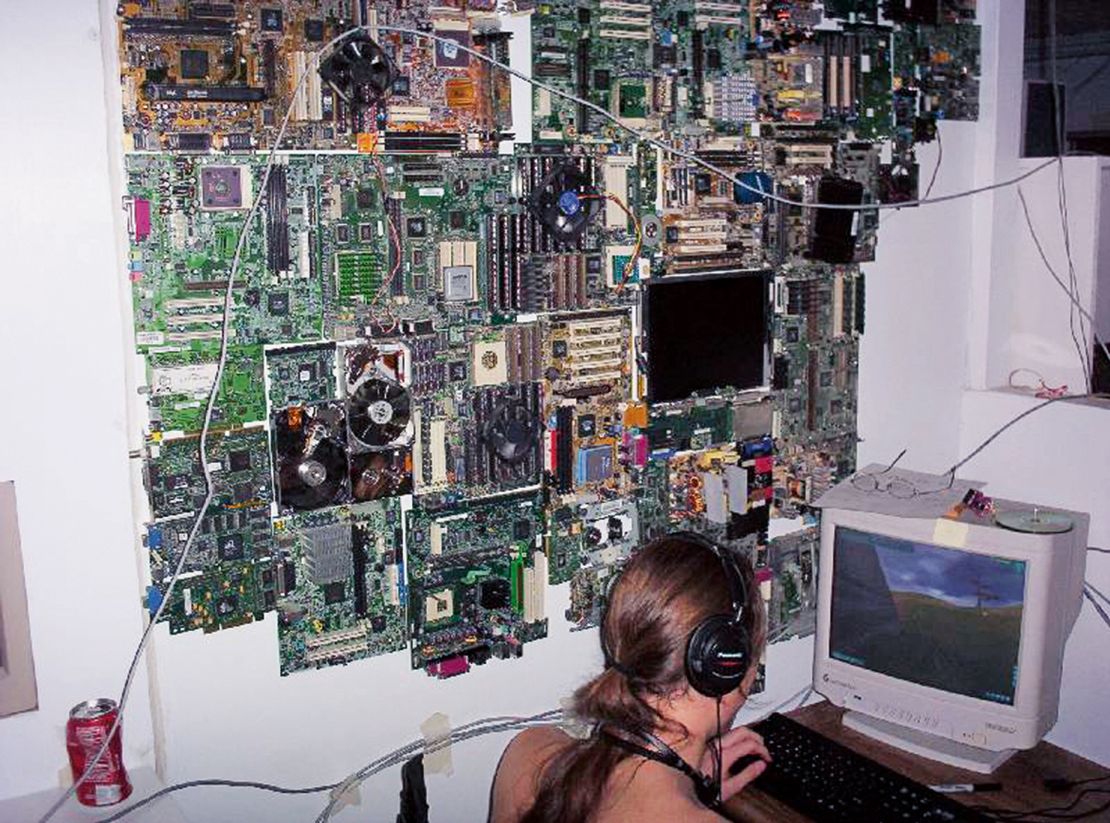At the turn of the millennium, web-based technology was in a state of chrysalis. Google was just one of several mainstream search engines, not yet a monopolistic empire. Dial-up internet (and its iconic dial tone) was still a thing in many American homes. File-sharing services like Napster and LimeWire were just beginning to take off. MP3 players and advances in 3D graphics represented brand-new technology.
And in sweaty dorm rooms and sparse basements across the world, people brought their desktop monitors together to set up a local area network (LAN) and play multiplayer games — “Half-Life,” “Counter-Strike,” “Starsiege: Tribes,” “StarCraft,” “WarCraft” or “Unreal Tournament,” to name just a few. These were informal but high-stakes gatherings, then known as LAN parties, whether winning a box of energy drinks or just the joy of emerging victorious.
The parties could last several days and nights, with gamers crowded together among heavy computers and fast food boxes, crashing underneath their desks in sleeping bags and taking breaks to pull pranks on each other or watch movies.
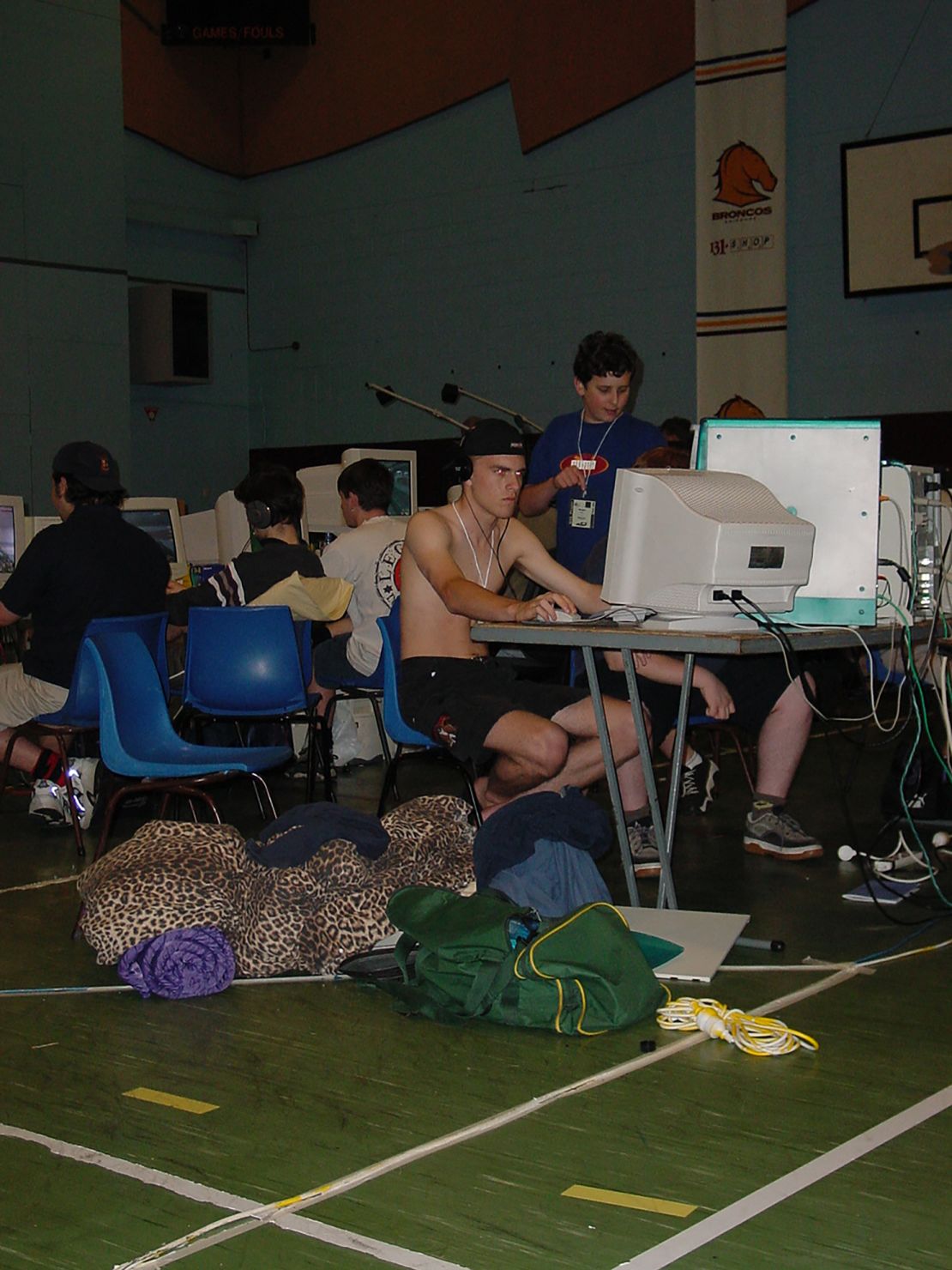
Since then, much has changed. For one, the gaming world has evolved from a user-driven subculture to a multi-billion dollar industry that is less about getting together in person and more about a wider web of e-sports competitions, the lucrative intersection of gaming and content creation and a prominent corporate fingerprint on gameplay, design and monetization.
Particularly for Gen Z gamers, a generation that grew up almost completely in the smartphone era, 25 years ago may feel like a different reality. But for millennials and Gen Xers, the boxy monitors and pixelated graphics will be familiar reminders of a not-so-distant technological past.
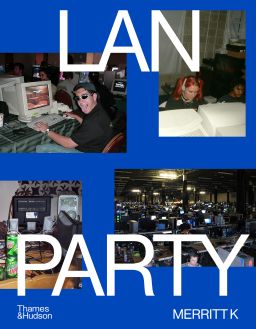
It’s this nostalgia that prompted writer and podcaster Merritt K to document the era’s gaming culture in her new photobook “LAN Party.” After floating the idea on X, the social media platform formerly known as Twitter, she received an immediate — and visceral — response from old-school gamers all too keen to share memories and photos from LAN parties and gaming conventions across the world.
“I know that none of these are my friends and I,” wrote one X user in response to the images in K’s call-out post, “but because the photos feel so familiar I find myself looking for us all. This is pretty much how most weekends in 2000-2004 looked for us.”
“Despite the fact that, in a literal sense, I am not in any of these photos, high school me is in every one of these photos,” another wrote.
Many people who had never experienced the era of LAN parties also responded with excitement. “I think everyone has some kind of nostalgia for a period before they were alive,” K told CNN. “I had people who are 20 years old, who were tweeting and being like, ‘I was born in the wrong decade.’”
Throughout the pages of “LAN Party,” there is an all-too evocative sense of fernweh — fond, wistful memories for a pastime in times past. It’s strange to remember that the internet was once a place you went to spend time with other real people; a tethered space, not a cling-film-like reality enveloping the corporeal world from your own pocket.
“That time — the late ’90s, early 2000s — was pre-social media,” K said. “It’s the era of blogs and forums. No one really had 24/7 access. So even though we were starting to get high-speed internet, it was still a place that you went, rather than just another part of your life. And this feeling of connecting to people in other parts of the world was cool. It wasn’t something that was taken for granted yet.”
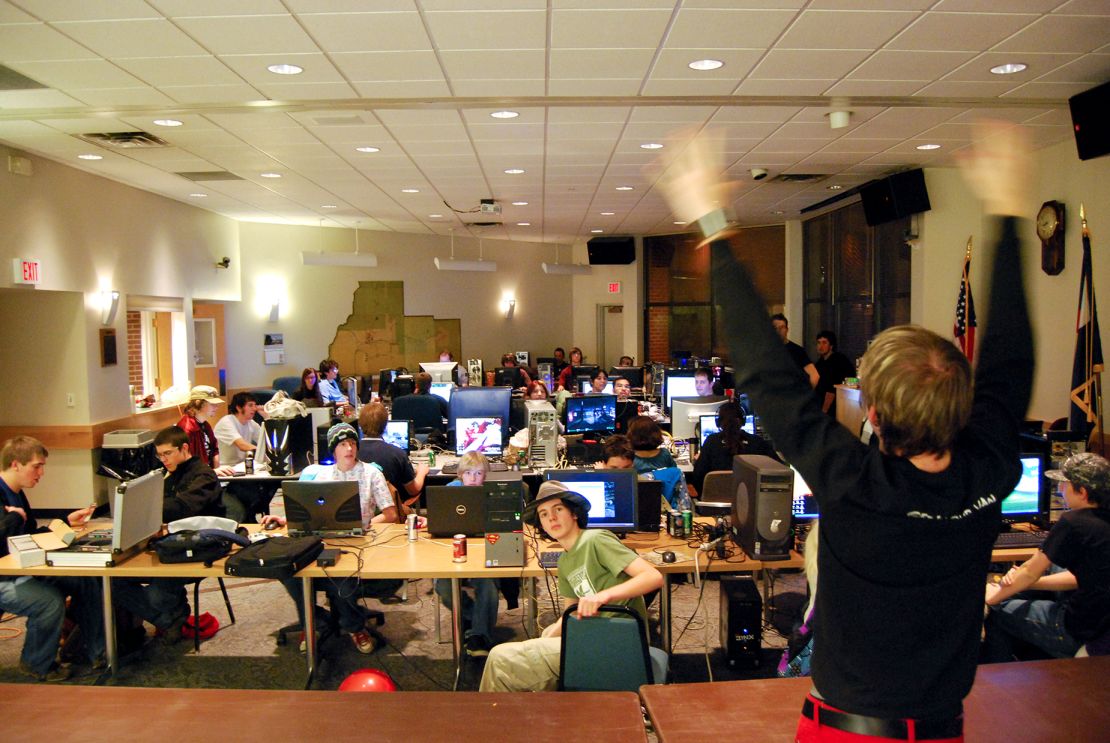
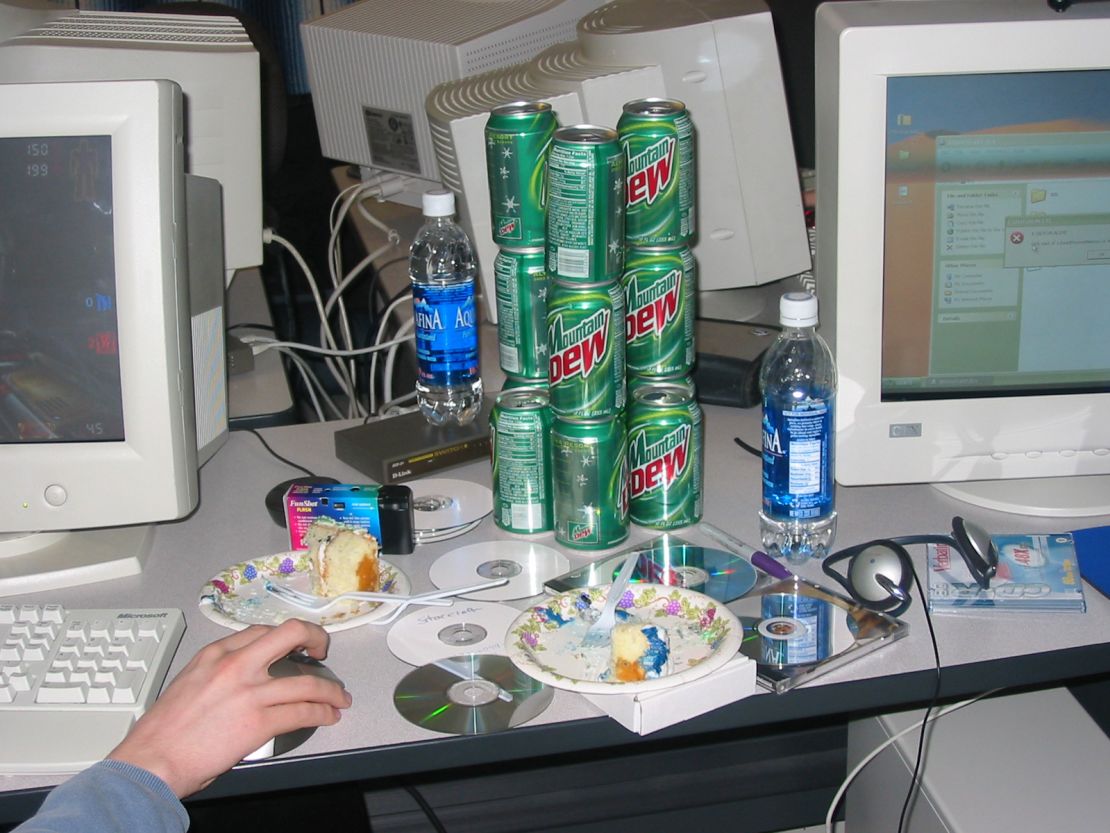
Growing up as a teenager in this era, you could feel a sense of hope (that perhaps now feels like naivete) about the possibilities of technology, K explained. The book is full of photos featuring people smiling and posing with their desktop monitors, pride and fanfare apparent. At that point in time, many new tech products were designed with ostentatious playfulness in mind — cellphones were often blinged out or swiveled up, cameras came in hot pink shells and tech companies even collaborated with luxury fashion houses.
“It felt like, ‘Wow, the future is coming,’” K said. “It was this exciting time where you felt like you were just charting your own way. I don’t want to romanticize it too much, because obviously it wasn’t perfect, but it was a very, very different experience.”
It was also a new era for photography. Digital cameras — with which most of the photos in “LAN Party” were taken — had just become widely available to the public. As a result, the visuals are grainy, unedited and generally low quality by today’s standards. Documenting everyday life through images was still an anomaly, after all, K said. As such, people in the book’s photos weren’t yet conscious of their best angles, nor does it seem they were necessarily trying to look ‘good’ for the camera.

“Some people are just making goofy faces, flipping the camera off,” K said. “No one really knows how to be in a selfie yet. When digital cameras show up, it starts to become a much more everyday thing… people are figuring out, ‘How do I look in this picture? What do I do?’”
Of course, many of the photos also portend what was to come. They also contain early footprints of modern gamer culture stereotypes — dank, antisocial and seemingly unhealthy environments. (Despite gaming’s global popularity, today it is sometimes characterized as the domain of young White men, internalizing and disseminating racist, misogynistic or right-wing politics.)
Still, “it was a little more communal,” K said. “If you’re playing games in the same room with someone, it’s a different experience than doing it online. You can only be so much of a jackass to somebody who was sitting three feet away from you, whereas today with online games, toxicity is a huge problem. Being anonymous online can inspire the worst in people.”
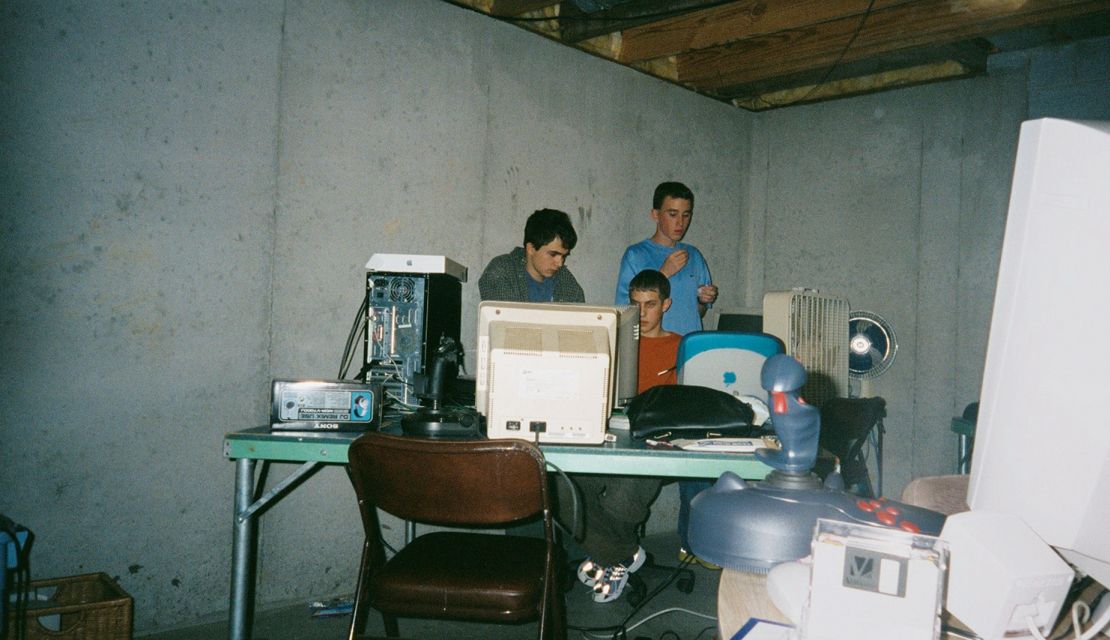
Though they have significantly dwindled in frequency, LAN parties do still take place. (They have also maintained their status over the years as cultural iconography; a photo of a man duct-taped to the ceiling — but still playing “Counter-Strike,” mind you — in a dimly-lit room during such a party for example, has become a legendary gamer meme in its own right). K acknowledges a fascination among young people in memorializing the phenomenon, but the parties are today still mostly hosted and attended “IRL” by people who remember what the experience was like the first time around.
“We’ve kind of lost a lot of control, I think over our relationship to technology,” K said. “We have lost a lot of privacy as well. There’s less of a sense of exploration because there just isn’t as much out there.”
